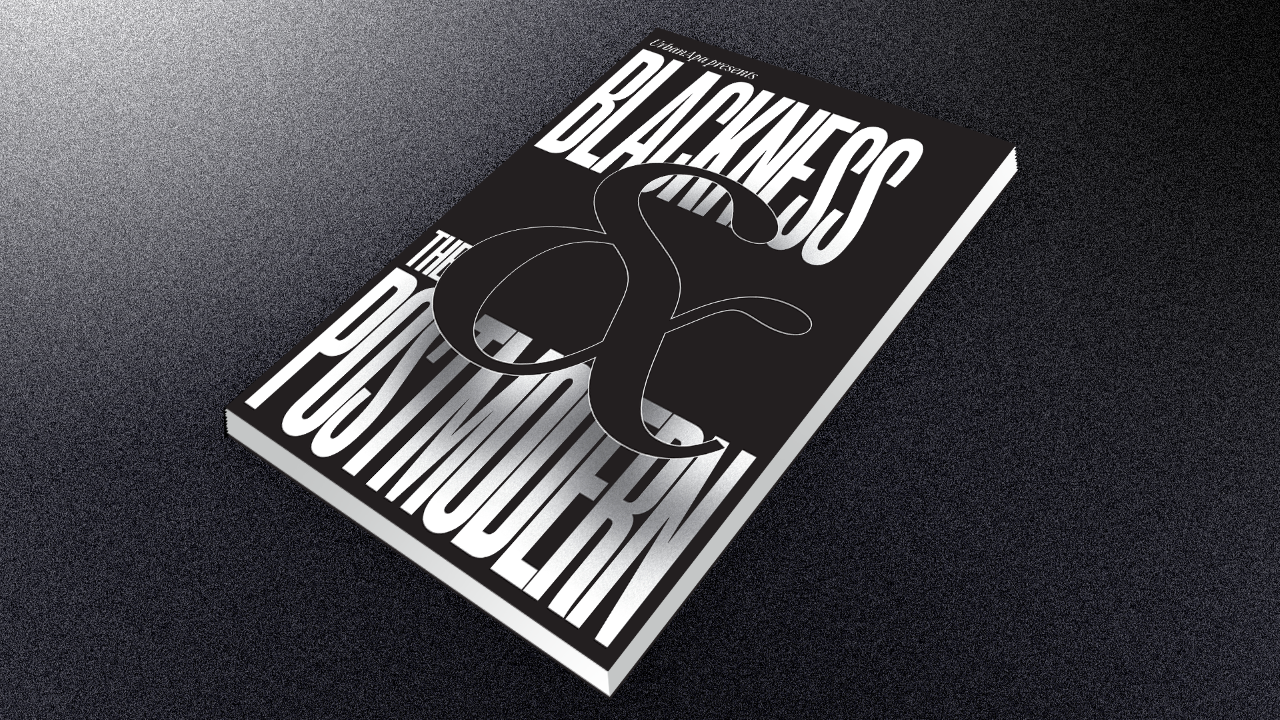This publication contains eight texts of various forms, each of them approaching the friction between Blackness and postmodern contemporaneity in one way or another. The writers come from different backgrounds and localities; they are artists, curators, researchers, performers, activists and much more. The collection is not seeking coherence, but juxtaposing different voices and perspectives. It uncovers personal strategies, structural abrasions and fundamental questions:
Can Blackness be postmodern, abstract or contemporary?
Who gets to represent neutrality or humanity?
Who is assigned to the canon?
In general, who are the creators of discourse in dance, choreography or performing arts?
Who are the gatekeepers and invisible holders of power?
Who get their voices heard, who are given visible agency?
Is Blackness a niche for the contemporary capitalist art market?
How can we collectively dream about a better future?
But why these writers and questions right now?
This publication, like UrbanApa’s previous publication Toiseus 101 – näkökulmia toiseuteen [Otherness 101 – Perspectives of Otherness], was born from a very personal need.
Over the past few years, I have endeavoured to stir up debate on the exclusivity of our art institutions and contemporary art in general, as well as the homogeneity of our arts field. By exclusivity, I mean here both concrete exclusion and the underlying ideologies. Why – barring a few exceptions – only people from certain backgrounds or in possession of certain qualities are admitted or end up in art institutions? What is the reason for the fact that in 2017, European stages still continue to show predominantly white, slim, able, cisgender bodies?
The causes of such concrete exclusivity lie deep in our concept of art and, therefore, in the structures of the arts field. Even though structural obstacles always call for an intersectional approach, the title of this publication suggest a frame which centralizes questions around Blackness.
The postmodern concept of art – like the entire concept of Western– is defined by the great narrative of whiteness. In other words, despite postmodernism as an ideology being based on the deconstruction of great narratives, it has failed to deconstruct its own whiteness.
Moreover, the norm of whiteness is not a question of mere skin colour, but it is a large and complex ideological field. It includes the perception and ownership of certain values, like equality or democracy, and certain qualities, like civilisation, education, intelligence and beauty, as ‘Western’ and ‘European’ and white. Whiteness is neutral and invisible, but at the same time desirable. Any other art apart from ‘white art’, not originating from the Western European white canon, is primarily perceived as cultural, symbolic, archaic and infantile, exotic and energetic, primitive but at the same time without a history.
However, during the past years the world, and with it the field of art, has changed a great deal. Words like Blackness, otherness, intersectional feminism and decolonial practices have entered our everyday language. Art festivals around Europe are presenting works (my own included) where brown and Black artists explicitly address their otherness, Blackness and pain. These works are emancipatory and revolutionary, but at the same time otherness or Blackness has become a trendy theme in the arts markets. It sells tickets, attracts media attention. It creates political debate and ‘bold initiatives’. Today, more and more art institutions welcome a POC artiste with open arms onto their stages, but for an antiracist and intersectional feminist ideology to permeate the whole operation of the institution is much more of a rarity. In any event, the arts field is always defined by its structures; the context is always in the content. If the arts field does not diversify from the top down, including the ruling gatekeepers, there is a danger that Blackness and its treatment remain but a passing trend. The texts by both Olawale Kosoko and Johnson-Small address this complex relationship between the Black artist and white institution.
Analysis of Blackness and otherness, exposing the historical and structural layers, is both extremely important and challenging. For now, the arts field is informed by whiteness, and addressing Blackness and otherness within essentially white contexts is a source of friction. It is inevitable, but we are all involved in a process of learning. On the other hand, when there is a sufficient impetus for change, enough voices all demanding change, we can alter the structures despite the friction.
I am eternally grateful to the contributors of this publication. The texts are personal, political, courageous, wild, precise and analytical. Each of the writers has taken the time from their own work for the common good. Each of them makes their own contribution to the change.
I hope the publication will inspire questions, ideas and discourse.
Sonya Lindfors is a Helsinki – based Choreographer and the Artistic Director of UrbanApa – arts platform. In all her work she pursues to shake and challenge existing power structures and empower the community.
